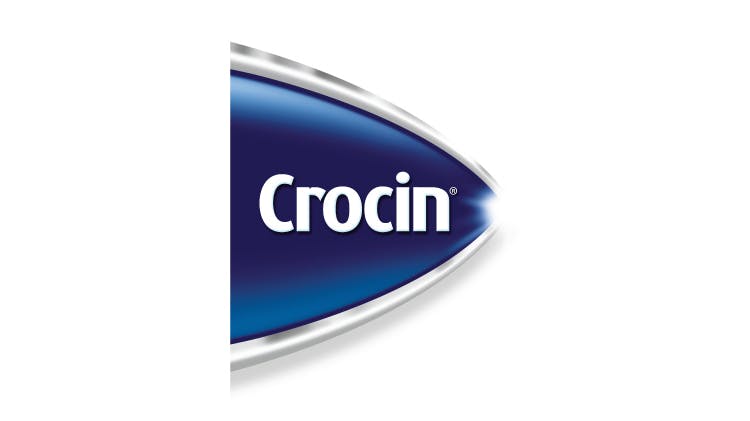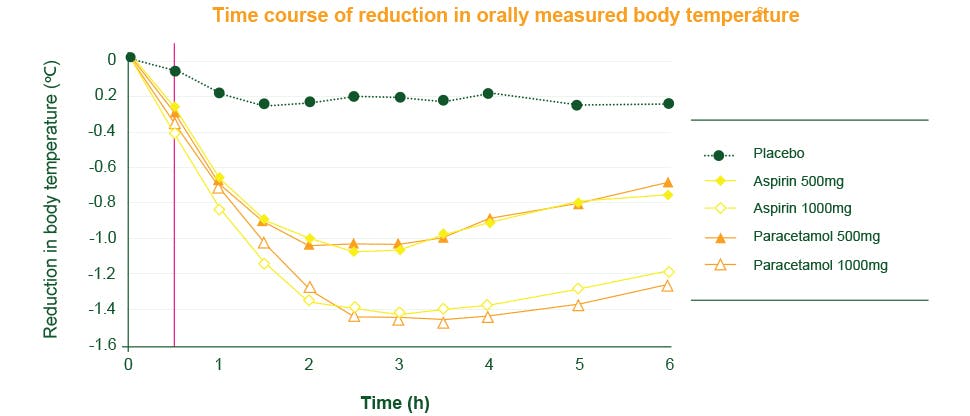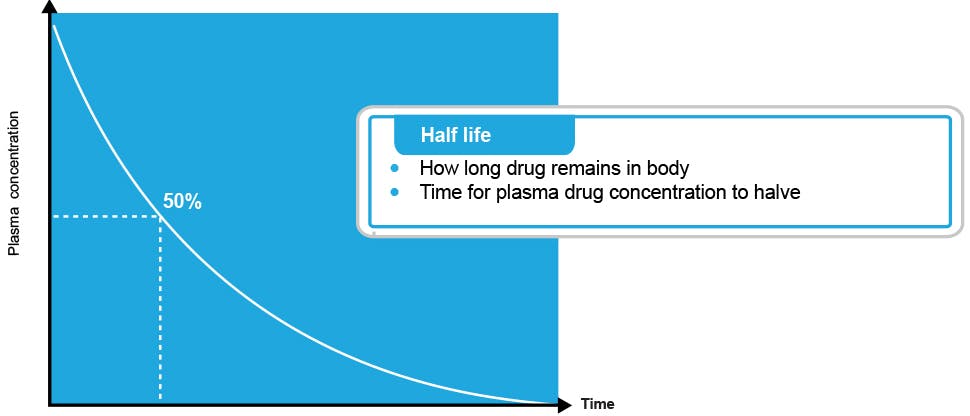The science of paracetamol
Paracetamol exerts its analgesic and antipyretic effect by inhibition of prostaglandins. However, unlike non-steroidal anti-inflammatory drugs (NSAIDs), it does not have any anti-inflammatory properties or associated with any gastrointestinal adverse effects.1

Paracetamol basics
Globally, paracetamol or acetaminophen is one of the most used analgesic and antipyretic over-the-counter drugs. Both its names are derived from its chemical name, which is N-acetyl-para-aminophenol.1 From the time of its first introduction in 1955 for use in children with fever and pain, paracetamol is currently formulated as a single compound or as an active ingredient of multi-component preparations in combination with other drugs 1 such as caffeine and aspirin.2
Discover the Crocin range with paracetamol
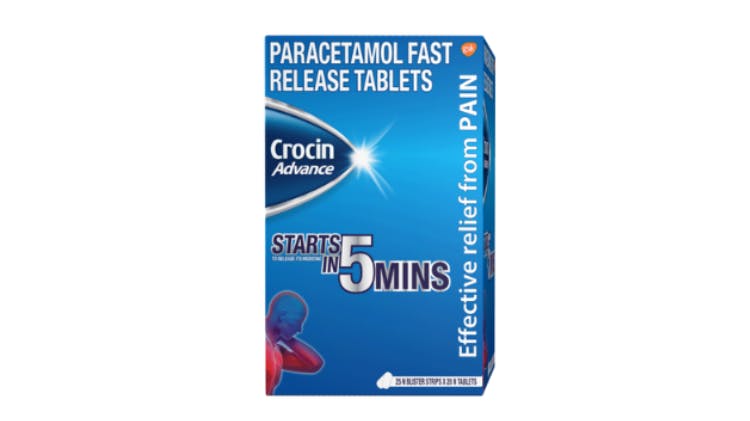
Crocin Advance with Optizorb technology
With a revolutionary dispersion and dissolution technology17 that starts relieving pain in just 15 minutes, with 2 tablets (1000 mg dose),18 Crocin Advance provides faster and efficient pain relief compared with standard paracetamol tablets.17,18
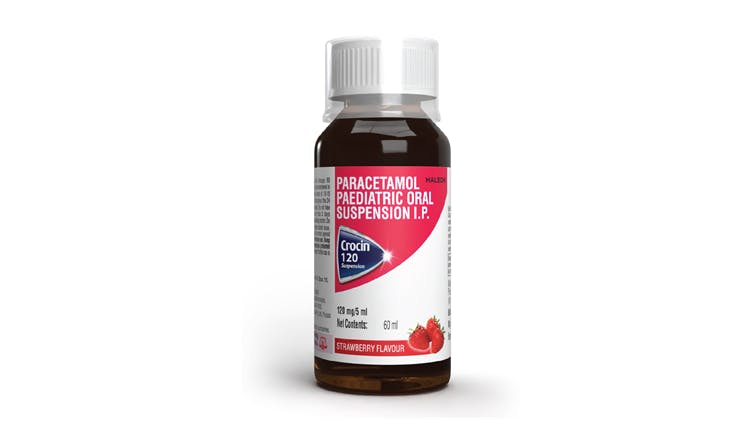
Tough¶ on fever and pain,21 gentle 13, 21,22 ‡ on the child
Containing paracetamol, which is recommended as 1st line treatment of fever and mild-to-moderate pain in children,13,20,21 Paracetamol in Crocin 120 starts to relieve fever within 15 minutes of dosing.22,23, *
Learn more
Optizorb technology
Discover more about this revolutionary technology that allows delivery of paracetamol fast and effectively when it is needed most.17,18
Be a pain changer
An easy to use tool for pain assessment in your patients or customers.

Expert tips for counseling patients
A simple to use tool to help you counsel your patients/customers on appropriate medication use, tailor made for pharmacists.
